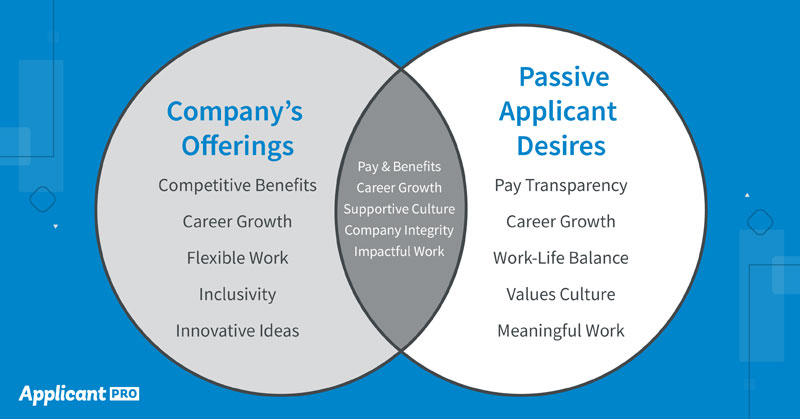
HR Strategy – Debunking the Myths
In the second part of our self-exploration series, we’re going to be discussing HR strategy. What does it really mean to be a strategic HR Professional? As I mentioned in last week’s post, I believe that there’s a disconnect in the culture of HR – which has very little to do with internal branding and a lot to do with the general misconceptions surrounding HR’s role.
It’s also my belief that being a strategic HR person is elusive despite its fundamental role in becoming PHR, SPHR, and GPHR certified. I think this is largely due in part to how it’s represented by the HRCI. The official definition for Business Management and Strategy is – “Developing, contributing to, and supporting the organization’s mission, vision, values, strategic goals, and objectives; formulating policies; guiding and leading the change process; and evaluating organizational effectiveness as an organizational leader.” And while that’s a great “legal speak” explanation for being strategic, it doesn’t do much in the way of practical application. This is what I think is responsible for creating a lot of the confusion surrounding strategic thinking; it teaches HR Professionals to memorize a definition versus understanding the concept and actually adopting that knowledge to become a more aligned individual within your company.
Get More Applicants from Job Boards
Don't post and pray. Get this exclusive FREE cheat sheet and take active steps to dramatically increase the results you get from your job board posts.
As a CEO of a mid-sized company, analyzing data strategically is something that is intuitive to me – especially with the ever-evolving nature of hiring software. Essentially, I created a product that does much of the strategic hiring thinking for HR. I track a wide range of metrics that is easily converted from HR data to data that resonates with the organization’s bottom line – revenue. And that’s what it means to be strategic in a nutshell – you have to convert metrics that are specific to your department into metrics that make sense to your C-Level Executives. The key is to think outside of the proverbial “box” and look at the big picture.
I’m going to detail specific steps for how to accomplish this in next week’s post, but I really wanted to hone in on what it truly means to be a strategic individual because it’s surprisingly simple – you need to understand how you and the decisions you make affect your business. In order to do that though, you need to know how your business works.
Here is some food for thought before we get into specifics next week: What industry are you in? What’s your business model? Where are the core drivers of your company’s costs? What about drivers for revenue? Think about these questions because it is through these organization specific identifiers that we really start to chip away at the abstract principles surrounding business strategy.

Get More Applicants from Job Boards
Download this exclusive guide to improve applicant flow from job boards.
Share this article
Related Articles

Unlocking the Hidden Talent Pool: How to Attract Passive Candidates
Boost your hiring strategy! Learn how to attract passive candidates with ApplicantPro's expert tips, insights, and stats for a stronger talent pipeline.

What is an ApplicantPro Market Analysis?
Discover how our Market Analysis can help you stand out from the competition and attract top talent. From competitor pay reviews to job-seeker personas, our Recruitment Marketing experts provide actionable insights to improve your hiring process.

Is AI Making Hiring Impossible?
Have you noticed the growing trend of job seekers using AI to create resumes, cover letters, and complete assessments? Learn strategies for spotting AI-generated applications, and how employers can adapt their recruitment processes to ensure they hire qualified candidates.